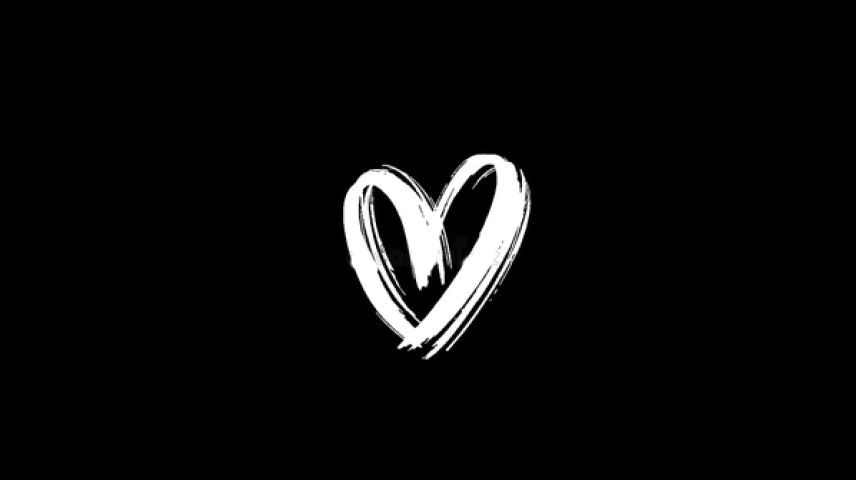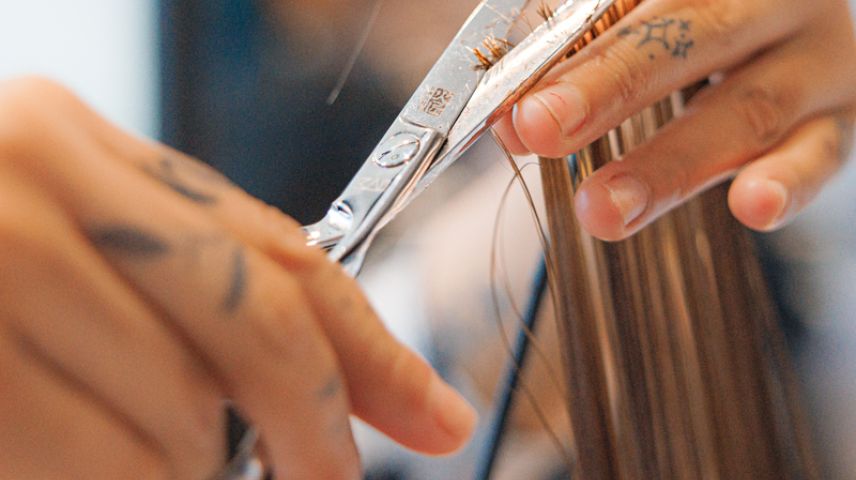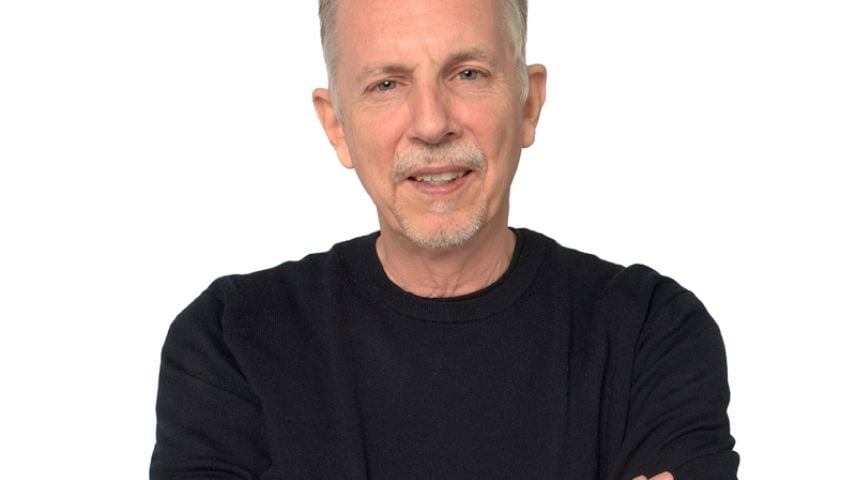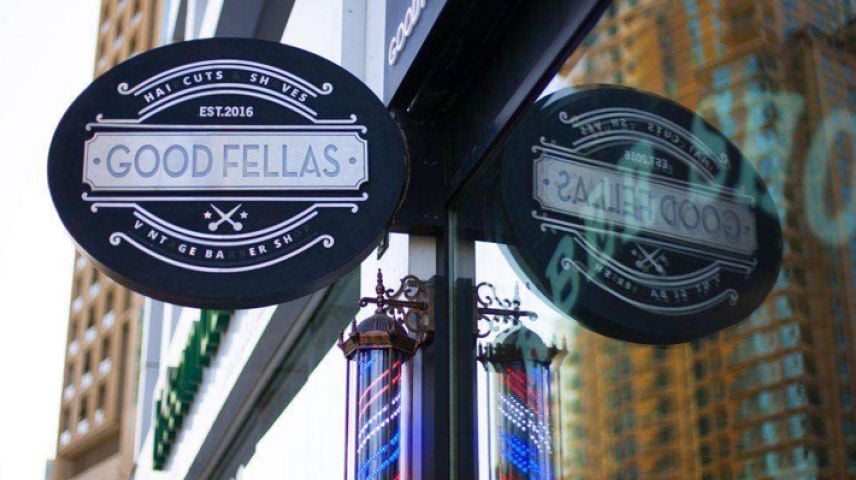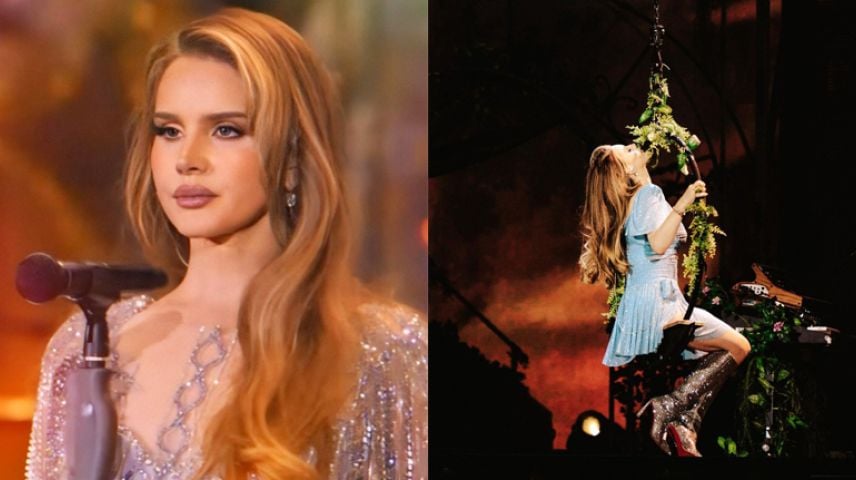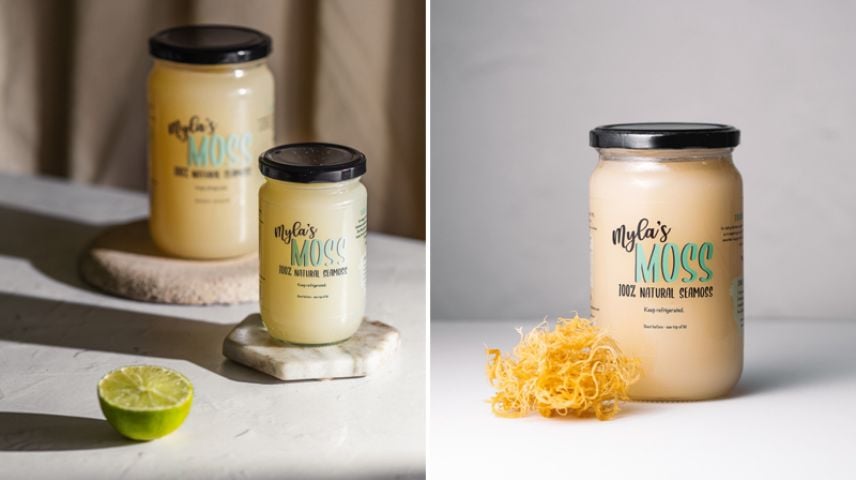“Can I have blusher in my hair please?”
By
Reed Hair
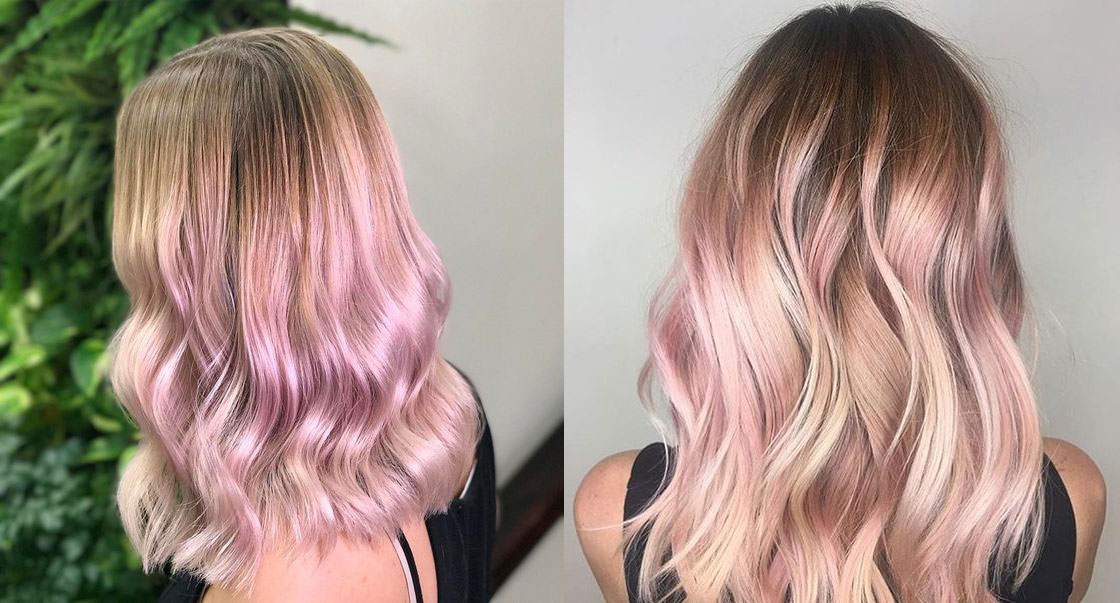
Ever wondered how make-up trends can be applied to your hair? The team at Reed Hair in Maldon explain the terminology behind ‘make-up for hair’.
It started with Kim Kardashian, as so many of today’s trends do. A snap of her face sporting unblended contouring shared on social media sent Twitter and Instagram into meltdown. It suddenly brought a make-up artist’s secret – tailoring a variety of shades to help, for example, slim a nose or accentuate cheekbones – to our attention. And we couldn’t get enough!
Of course, hair colourists were already creating bespoke shades in the salon, but this gave us a chance to talk in a way that would help you better understand what overall effect a certain hair colour technique or placement would have. Genius!
Colour is simply make-up for the hair. Explaining new colour techniques by using make-up as an example is a great way of explaining colour placement.
The surge of people using make-up to change not only the tones of their skin but also sculpt their face shape has meant that clients are much more aware that colour isn’t just about your shade choice but about placement, and how it can massively alter the shape of your haircut. The normal go-to solution would be to change their cut or styling product. Now with the power of contouring with hair colour, just like you would with make-up, you can give the illusion of structure and form. With clever light and shadow colour placement you can make it appear that hair has more volume.
Contouring
This is a clever way to help make your face appear more defined and features more accentuated, as illustrated by Kim K on the Instas. Contouring can be translated onto hair easily, it follows similar lines, using colour to draw attention to certain areas of the hair. Using light and dark tones in the right places can really change the shape of someone’s face, and in this way the same principles apply to hair as you would with make-up.
Strobing
Similar to contouring, strobing highlights where the light would naturally hit the face. This means you can accentuate your best features, and complement those you’re, um, well less keen on with contrasting colours, all with a shimmery, light-catching halo. Sounds divine! Strobing works alongside contouring and would mainly be offered for more of the natural look.
The ‘No Make-Up’ Make-Up
This is the anti-contouring beauty trend, a look that whispers: “I’ve spent two minutes getting ready, life’s more important!” but in reality it has taken an age to perfect that natural finish. Well, for hair, it’s all about the nude beige, strongly inspired by the invisible make-up trend. This shade is midway between ashy blonde and platinum blonde, and offers subtle highlights and super-shiny results. Nude blonde is an easy look for you to wear, leaving your hair with an effortless glow.
Blush
Most often in pink and peach, blush is used to create a radiant glow, while also amplifying your facial structure or even correcting your face shape. Rose Blush uses the exact terminology of make-up. You’ll see in your mind’s eye the sort of colour and it gives a sense of enhancing and subtlety. Like a blush powder, this technique lights up the face, and is inspired by make-up layering.
It enhances shine without the need for any radical transformation. With pinker tones becoming the new ‘neutrals’, no one is being stared at in the street for these looks anymore. What is ‘the norm’ has shifted. Pastels have become classic, no longer a micro-trend, but the concept of using the tones found in blushers is a fast-growing trend.
Smokey Eye
This is the idea of blending colours to avoid harsh lines (and root regrowth) that’s really catching on. A smokey eye in our words would be a root smudge. It can be noticeable or very subtle. It can give you the rock chick look or you can use more natural colours.
Want make-up magic for your hair? This is what you need to do…
- To enhance eyes… opt for the darkest colour shades on the under layers of a fringe. This helps make the line look stronger just above the eyes, which in turn makes their colour pop more
- To enhance cheekbones… ask your colourist to extend the colour with sectioning so the darker shades sit down near the top of the cheekbone.
- To bring wide eyes closer together… colour should be extended down the sides, so darker shades sit at eye level.
